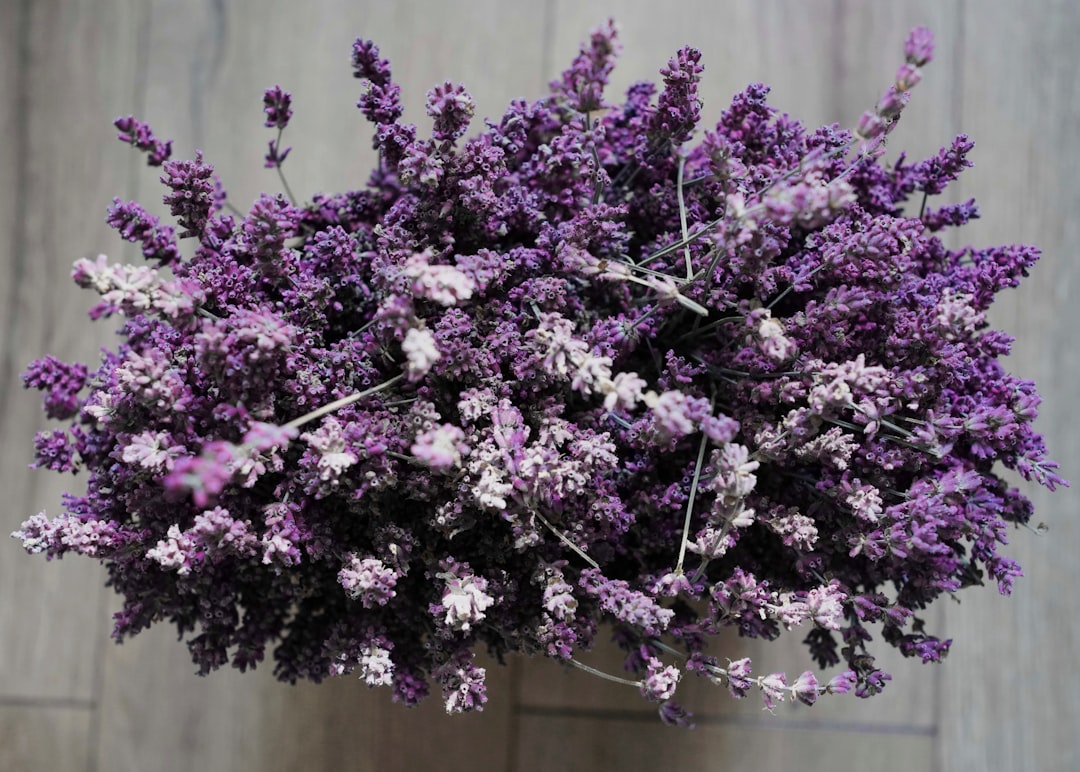The Secret to a Healthier and Tidier Fall Garden

As the days grow shorter and the air turns crisper, fall is not only a time of vibrant foliage but also an ideal moment to tend to your garden. One crucial task during this season is knowing which perennials to cut back. This practice not only helps in reducing plant diseases and pests but also gives your garden a neater appearance.
Perennials are a staple in many gardens, coming back year after year. However, as the growing season winds down, some of these plants can become a haven for diseases and pests if left unattended. By cutting them back, you're essentially taking proactive steps to safeguard the health of your garden for the next year.
Let's start with some common perennials that benefit from a fall pruning. Peonies are a classic example. These beautiful flowers are known for their large, showy blooms. After the first frost, it's a good idea to cut back the peony foliage to the ground. This helps prevent the spread of diseases like botrytis, which can overwinter in the old leaves. Removing the foliage also eliminates hiding places for pests such as aphids and spider mites.
Another perennial to consider is the hosta. Hostas are popular for their lush foliage, but as fall arrives, their leaves start to yellow and wither. Cutting back the hosta leaves not only tidies up the plant but also reduces the risk of slug and snail infestations. These pests love to hide under the decaying leaves, and by removing them, you're making your garden less inviting to them.
Daylilies are also on the list. Once the daylily flowers have faded and the foliage starts to turn brown, it's time to cut them back. This not only improves the aesthetic of your garden but also helps prevent the spread of fungal diseases. Daylilies can be prone to rust, and cutting back the infected foliage can stop the disease from spreading to other plants.
When it comes to ornamental grasses, fall is the perfect time to give them a trim. Grasses like miscanthus and fountain grass can become quite large and unruly over the growing season. Cutting them back to a few inches above the ground not only makes them more manageable but also encourages new growth in the spring. It also helps prevent the buildup of dead grass, which can harbor pests and diseases.
Now, let's talk about the proper technique for cutting back perennials. First, make sure you have sharp, clean pruning shears. Dull blades can damage the plants and make them more susceptible to diseases. When cutting, make clean cuts at a 45-degree angle just above a bud or node. This helps the plant heal more quickly and reduces the risk of infection.
After cutting back the perennials, it's important to dispose of the debris properly. Don't leave the cuttings in the garden, as they can still harbor diseases and pests. Instead, bag them up and either compost them if they're disease-free or dispose of them in the trash.
In addition to cutting back perennials, fall is also a great time to add a layer of mulch to your garden. Mulch helps insulate the soil, protect the roots of your plants from the cold, and suppress weeds. A layer of 2 - 3 inches of organic mulch, such as shredded leaves or bark, can make a big difference in the health of your garden over the winter.
By taking the time to cut back the right perennials in the fall, you're setting your garden up for success in the coming year. You'll have a healthier, more beautiful garden that's less prone to diseases and pests. So, grab your pruning shears and get to work on giving your garden the fall makeover it deserves!